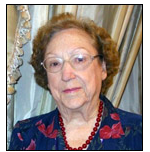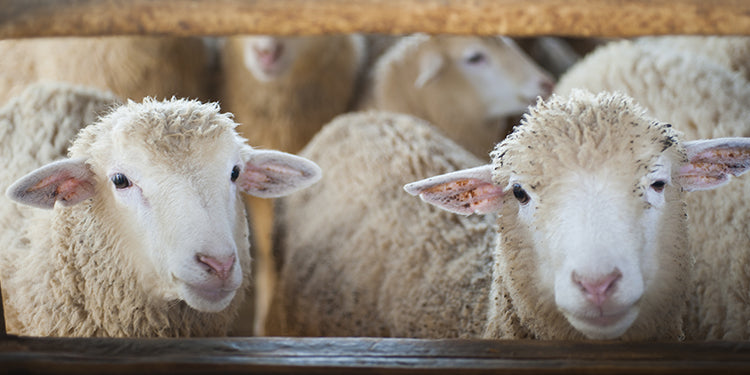 This is a guest blog post by Dr. Geraldine Haggard, who
is a retired teacher, Reading Recovery teacher leader, author, and university teacher. She spent 37 years in the Plano, TX school system. She currently tutors, chairs a committee that gifts books to low-income students, teaches in her church, and serves as a facilitator in a program for grieving children.
This is a guest blog post by Dr. Geraldine Haggard, who
is a retired teacher, Reading Recovery teacher leader, author, and university teacher. She spent 37 years in the Plano, TX school system. She currently tutors, chairs a committee that gifts books to low-income students, teaches in her church, and serves as a facilitator in a program for grieving children.
This is the second post in a series of posts on teaching and using leveled books for science in kindergarten. To read last week’s post,
click here
. To read the next post in this series, please check back next week. You can always subscribe to our blog to get new posts in your inbox.
Continuing from the end of
last’s week blog post
, following is a list of Language Arts standards for kindergarten that can be used as the rationale for activities and instruction in the study of living things and their essential needs. These standards are a part of the national guidelines for language arts and are included in state curriculums across the country.
Literature
- With prompting and support, ask and answer questions about the key details in texts.
- Ask and answer questions about unknown words in a text.
- With prompting and support describe the relationship between illustrations and the text.
Speaking and Listening
- Follow agreed-upon rules for discussion.
- Continue conversation through multiple exchanges.
Phonological Awareness
- Demonstrate an understanding of spoken words, syllables, and sounds.
Reading
- Recognize that spoken words are represented in written language, by specific sequences of letters.
- Read emergent readers' texts with purpose and understanding.
Writing
- Use a combination of drawing, dictating, and writing to compose information from explanatory texts in which they name what they are writing about and share information.
- With guidance and support from adults, respond to questions and suggestions from peers and add details.
- With guidance and support from adults, recall information from experiences, or gather information from provided sources to answer a question.
The use of Standards for delivering the kindergarten study of living and non-living things will be the basis of the use of the following discussed books from the My World series, the Kaleidoscope Collection , and other series . These suggestions are not shared to be the complete study of the topic, but can be used as a tool to guiding the students as they develop vocabulary and participate in discussion, reading, and writing during this study of living and non-living things.
Suggested Vocabulary to Be Developed
Exposure to vocabulary in listening, speaking, and writing settings help the children make the vocabulary a real part of their understanding and improves their ability to use such vocabulary. In this activity, new vocabulary that students should understand might be the following: live, living, non-living, shelter, homes, protect, thirsty, hungry.
Book One:
Where Do Animals Live?
The book Where Do Animals Live? , from the Animals Everywhere set in the My World series, can be a great introduction to the study of living things. The back pages of the book share some good introductory discussion topics for both teachers and parents.
To begin the activity, after setting the purpose of learning what a “home” is, in the classroom, use an Elmo or classroom projector to display the book for a guided reading activity. Use a pointer as you do the first reading, stopping at each page to guide a discussion about why each home is a good home for the named animal. You can then ask the children to read the text with you for a second reading.
Use the page, “Why Have a Home?”, on page 12 of Where Do Animals Live? , on the projector screen, using an Elmo or other classroom projector. Ask the students to sit in pairs and talk about which animal lives in each home and how that home protects the animal. Move among the students and keep the paired student conversations going. As the students complete their discussions, each student might draw a picture of one of the homes and the associated animal that lives in it. Suggest that the students write a sentence about the animal. An example could be provided on the board:
A _____ lives in a _______.
This could be part of a center activity, as you work with guided reading groups. An idea for the art center, involving making animal homes, is suggested on a back page of
Where Do Animals Live?
Book Two:
Where Does It Live?
The book Where Does It Live? , from the Kaleidoscope Collection , can be used as a follow up to the first book. The format of the book provides a picture of the living thing and a picture of the living thing in its home. Use the Elmo or classroom projector to show the animal picture, and then ask the children to share what the animal would live in. After they have made suggestions, share the picture of the living thing and where it lives at the end of the book. As you point to the picture, the students give the home a name. On the last page, there is picture of a boy.
On the last page (page 12), of
Where Does It Live?
, there is a picture of a boy. Ask the children to discuss that the home the boy lives in is called a house, and how a house is different from the other types of homes pictured in the book — ways their homes are different could include size, what the house is built of, and what is inside the house. Use a graphic with two columns: “Things in Book” (pages 1-11) and “You or Boy”. Ask the children why the books used the word “live'. What does it mean to live in a home? Explain to the students that living things need homes.
Both this book and
Where Do Animals Live?
can be used with guided reading groups.
This is the end of Part 2 in this series of blog posts on
teaching and using leveled books for science in kindergarten. To read the previous post,
click here
. To read the next post in this series, please check back next week. As always, you can subscribe to our blog to get new posts in your inbox.
~~~
Geraldine Haggard is the author of several books from our Kaleidoscope Collection . To download information sheets with key features about the Kaleidoscope Collection and My World series, which contain the books mentioned in this post, click the images below.






















































